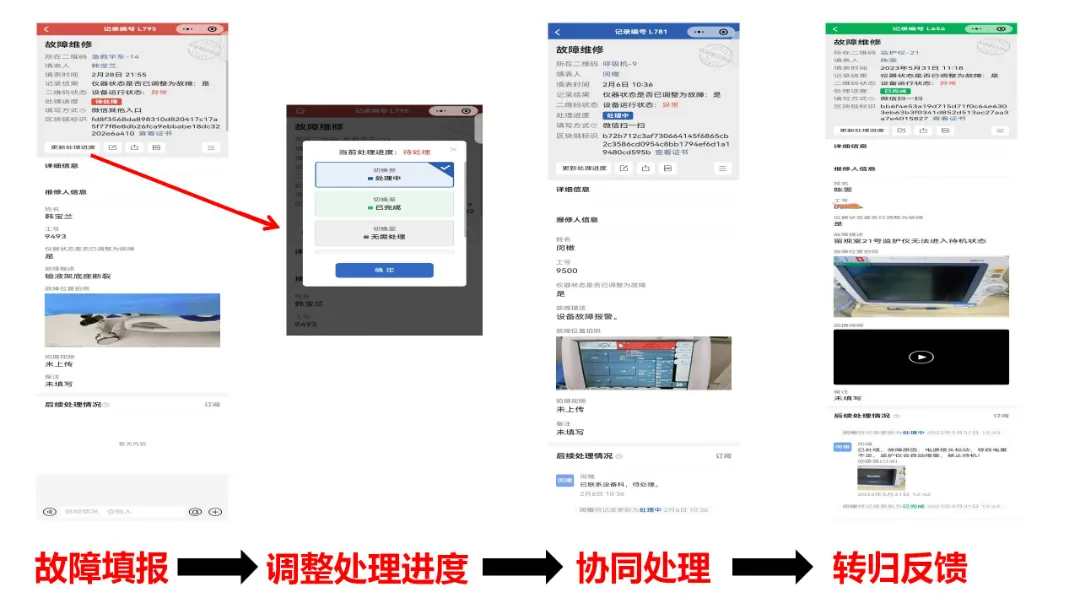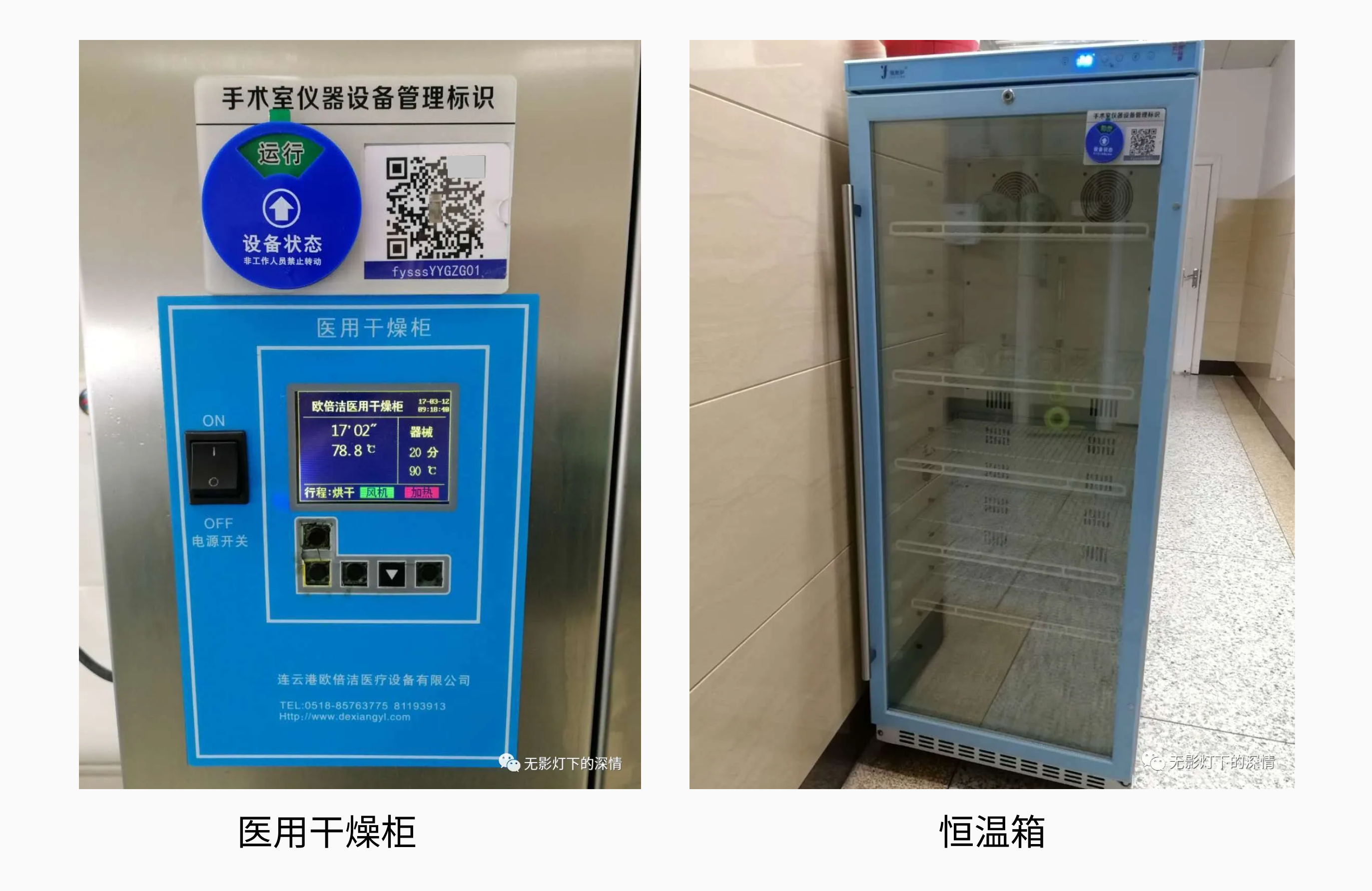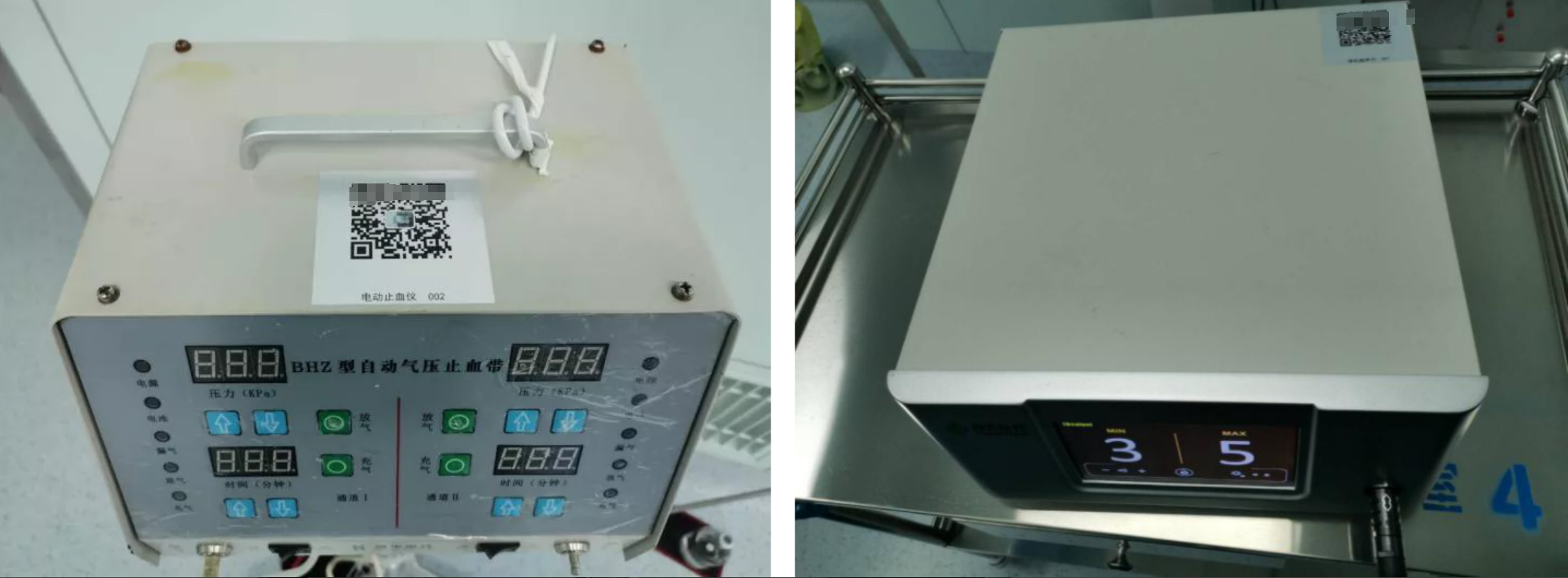How to Achieve Information Management of Hospital Equipment
Original article: https://cli.im/article/detail/2321
In modern healthcare systems, hospitals rely on various equipment to ensure quality patient care – from simple thermometers to complex CT scanners, these tools are integral to diagnosis, treatment, and monitoring. However, with diverse equipment types and large quantities, ensuring rapid accessibility and proper functionality during critical moments requires robust daily management. Traditional paper-based records or Excel spreadsheets, though simple, often lead to errors that may result in equipment loss, delayed maintenance, and even compromised patient outcomes.
In recent years, equipment management systems have become the preferred choice for most hospitals, automating manual processes while providing real-time data and analytical support. But how should hospitals select the most suitable solution? What products in the market are worth considering? This article provides a comprehensive overview.
I. Why Equipment Management Systems Are Needed
Hospital equipment is diverse, numerous, and expensive, with some requiring complex operations. To reduce and eliminate equipment failures while ensuring optimal performance, daily management of medical devices involves critical yet easily overlooked details. A misplaced blood pressure monitor or forgotten ventilator maintenance could disrupt medical workflows and endanger patient safety. Equipment management systems mitigate these risks through technological solutions, offering core advantages:
- Time and effort savings: Immediate access to basic information, operation manuals, and status updates reduces verification time.
- Preventive maintenance: Automated reminders ensure timely repairs and upkeep, guaranteeing equipment readiness.
- Centralized management: Unified backend monitoring of equipment usage and failure records enables better resource allocation and waste reduction.
Statistics show hospitals using equipment management systems typically achieve 15%-20% operational efficiency improvements with significant reductions in equipment-related issues, translating to substantial cost savings.
II. Mainstream Product Comparison
The market offers various hospital equipment management systems ranging from no-code platforms to IoT-integrated solutions. Below is a detailed comparison of four mainstream products:
| System Name | Core Advantages | Limitations | Use Cases |
|---|---|---|---|
| CaoLiao QR Codes | 1. Simplicity: 3-minute system setup 2. Free tier: Unlimited devices with bulk QR code generation 3. API integration: Compatible with hospital systems and WeCom | Limited complex workflow support | Equipment usage, disinfection, and maintenance management |
| JianDaoYun | 1. Supports on-premise deployment and customization 2. Built-in BI analysis compatible with Fanruan ecosystem | High learning curve requiring IT support | Full-process management and data integration |
| Fanpu Software | 1. IoT real-time monitoring 2. Strong compliance with audit trails | High implementation and maintenance costs | High-compliance equipment management |
| Zhixin Low-Code | 1. Custom system development 2. National security certifications | Long initial development cycle without templates | High-security equipment management |
1. CaoLiao QR Codes: User-Friendly Entry-Level Solution
CaoLiao specializes in no-code operations, ideal for lightweight equipment management. By attaching QR codes to devices, hospitals enable digital tracking of operational status, maintenance records, and usage history through simple scans. However, it's unsuitable for on-premise deployment requirements.
2. JianDaoYun: Customization Powerhouse
JianDaoYun suits large hospitals needing deep customization. It integrates equipment management with procurement and inventory workflows, while its built-in analytics aid decision-making. Requires professional configuration expertise.
3. Fanpu Software: Premium IoT Solution
Fanpu uses IoT for real-time monitoring (e.g., surgical equipment temperature alerts), making it ideal for tertiary hospitals and compliance-focused institutions. Cost-prohibitive for smaller facilities.
4. Zhixin Low-Code: Secure Collaboration Platform
Zhixin's steep learning curve and lack of industry templates suit high-security scenarios requiring domestic alternatives. Not recommended for rapid deployment.
III. Key Selection Considerations
When evaluating systems, hospitals should prioritize:
- Functionality adequacy: Does it address core needs like tracking, maintenance, and analytics? More features often mean higher complexity and learning costs.
- Budget alignment: Initial and ongoing costs must match financial capabilities.
- Usability: Intuitive interface and staff adoption speed.
- Scalability: Ability to support future growth.
- Security: Robust permissions and encryption for sensitive data.
- Support reliability: Vendor responsiveness for issue resolution.
IV. Purchasing Recommendations
Based on budget and scenarios:
- Low-budget hospitals: CaoLiao QR Codes offer quick implementation and multi-scenario applicability beyond equipment management.
- On-premise needs: Consider JianDaoYun (complex workflows) or Fanpu (real-time monitoring).
V. Real-World Case Studies
Several hospitals have successfully implemented QR code-based management:
1. Wuhan Central Hospital
Created unique QR codes for each device, enabling fault reporting and maintenance tracking through scans. Established closed-loop management with automated record-keeping for equipment health profiles. Analytics on failure rates and usage patterns inform procurement decisions.
2. Fengxian People's Hospital
Transitioned from error-prone paper records to QR codes for surgical equipment management. Improved maintenance tracking and facilitated engineer collaboration.
3. Ningbo Yinzhou People's Hospital
Embedded equipment manuals in QR codes for ICU devices, significantly reducing nurse training time. Staff praise: "QR codes are our best trainers!"
4. Peixian People's Hospital
Automated maintenance reminders via QR codes resolved equipment parameter confusion and enhanced surgical device management efficiency.